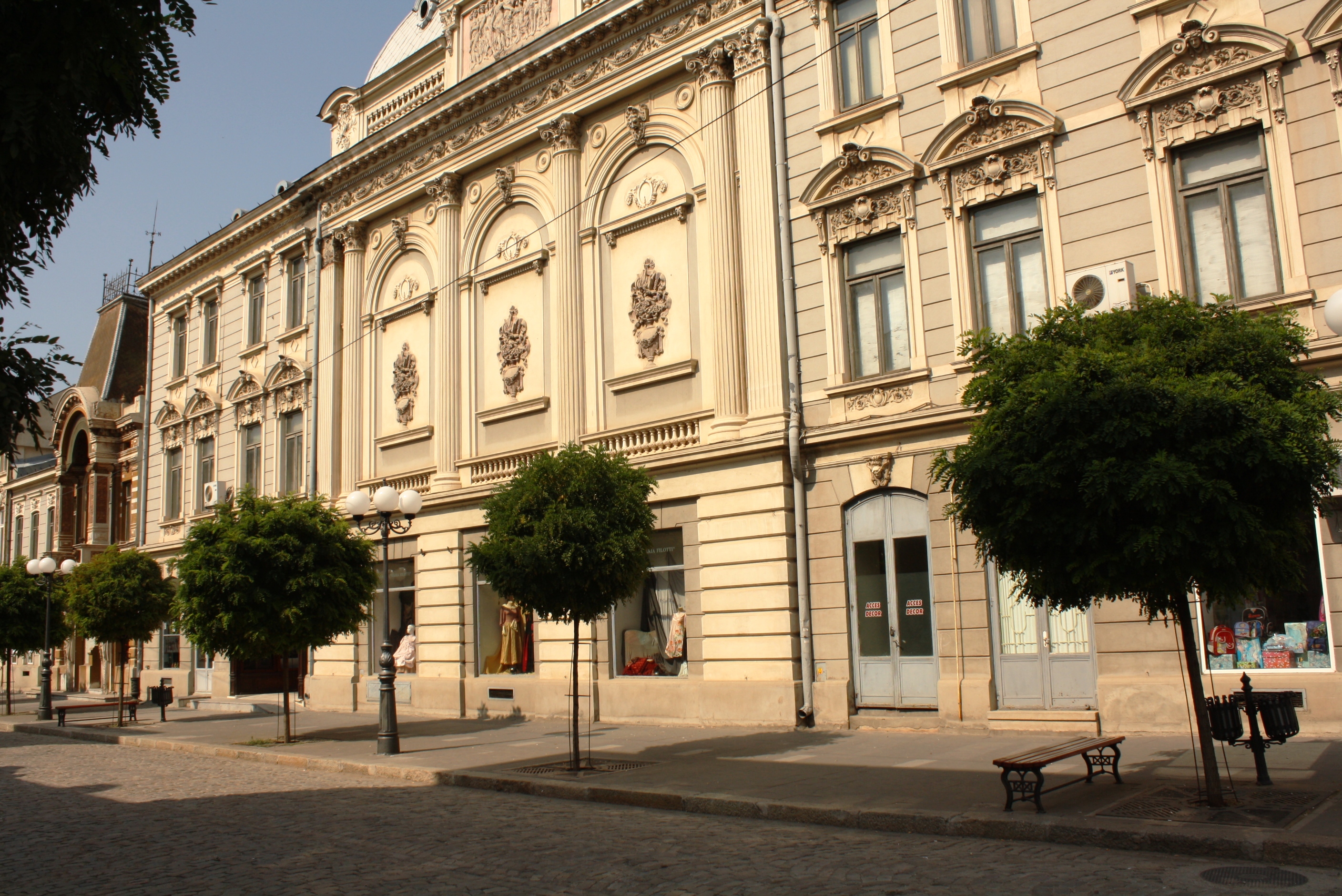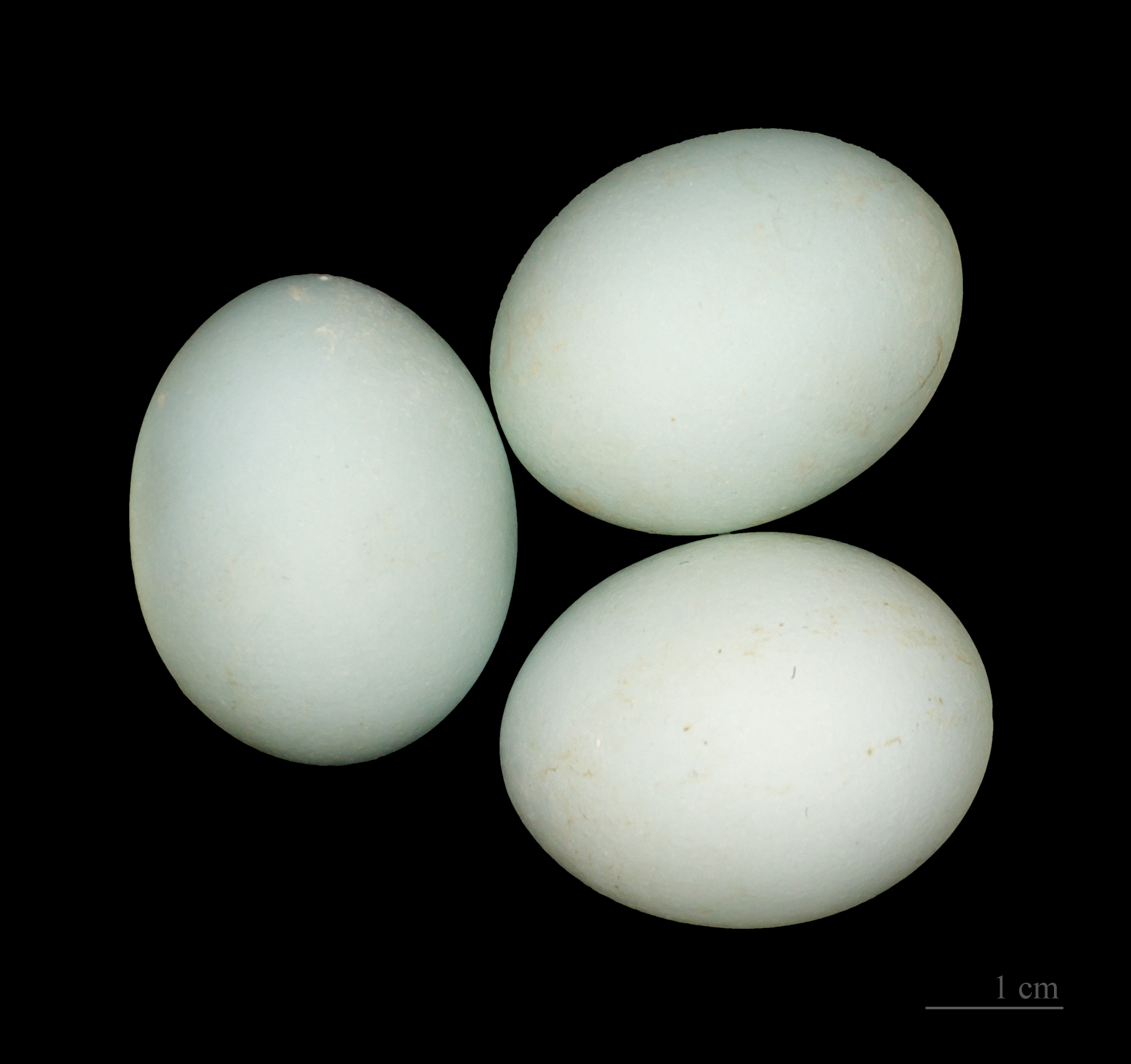|
Balta Mică A Brăilei Natural Park
The Balta Mică a Brăilei Natural Park ( ro, Parcul Natural Balta Mică a Brăilei) is a protected area ( natural park category V IUCN) which is situated in Romania, in Brăila County, on the administrative territory of communes Berteștii de Jos, Chiscani, Gropeni, Mărașu and Stăncuța. Location The Natural Park is located in the inferior course of the Danube, between the Brăila Plain (Wallachian Plain) and Great Brăila Island, based on the Small Brăila Island, in the south-eastern part of country. Description Balta Mică a Brăilei Natural Park an area of 17.529 ha was declared protected area by the ''Law Number 5 of March 6, 2000'' (published in ''Romanian Official Paper'' Number 152 of March 12, 2000) and is a wetland of international importance especially a waterfowl habitat ( aquatic ecosystem) and terrestrial species. Fauna Species of fish: Black Sea shad ('' Alosa pontica''), northern pike (''Esox lucius''), zander (''Stizostedion lucioperca''), wels ... [...More Info...] [...Related Items...] OR: [Wikipedia] [Google] [Baidu] |
Brăila
Brăila (, also , ) is a city in Muntenia, eastern Romania, a port on the Danube and the capital of Brăila County. The ''Sud-Est'' Regional Development Agency is located in Brăila. According to the 2011 Romanian census there were 180,302 people living within the city of Brăila, making it the 11th most populous city in Romania. The current mayor of Brăila is . History Origins Before 14th century, a small village existed in the place of today's Brăila, probably inhabited by fishermen and small merchants.Rădvan, p.248 The village fell to the Mongols during the 1241 Mongol invasion of Europe and it was under direct control of the rulers of Argeș in mid-14th century. A settlement called ''Drinago'' was found in several 14th century Catalan and Castillian portolan charts ( Angelino de Dalorto, 1325/1330 and Angelino Dulcert, 1339), as well as in the ''Book of Knowledge of All Kingdoms''. This may have been an erroneous transcription of ''Brillago'', a name which was l ... [...More Info...] [...Related Items...] OR: [Wikipedia] [Google] [Baidu] |
Terrestrial Ecosystem
Terrestrial ecosystems are ecosystems which are found on land. Examples include tundra, taiga, temperate deciduous forest, tropical rain forest, grassland, deserts. Terrestrial ecosystems differ from aquatic ecosystems by the predominant presence of soil rather than water at the surface and by the extension of plants above this soil/water surface in terrestrial ecosystems. There is a wide range of water availability among terrestrial ecosystems (including water scarcity in some cases), whereas water is seldom a limiting factor to organisms in aquatic ecosystems. Because water buffers temperature fluctuations, terrestrial ecosystems usually experience greater diurnal and seasonal temperature fluctuations than do aquatic ecosystems in similar climates. Terrestrial ecosystems are of particular importance especially in meeting Sustainable Development Goal 15 that targets the conservation-restoration and sustainable use of terrestrial ecosystems. Organisms and processes Organis ... [...More Info...] [...Related Items...] OR: [Wikipedia] [Google] [Baidu] |
Squacco Heron
The squacco heron (''Ardeola ralloides'') is a small heron, long, of which the body is , with wingspan. It is of Old World origins, breeding in southern Europe and the Greater Middle East. Behaviour The squacco heron is a migrant, wintering in Africa. It is rare north of its breeding range. The species has been recorded in Fernando de Noronha islands, and more rarely in mainland South America, as a vagrant. This is a stocky species with a short neck, short thick bill and buff-brown back. In summer, adults have long neck feathers. Its appearance is transformed in flight, when it looks very white due to the colour of the wings. The squacco heron's breeding habitat is marshy wetlands in warm countries. The birds nest in small colonies, often with other wading birds, usually on platforms of sticks in trees or shrubs. Three to four eggs are laid. They feed on fish, frogs and insects. Squacco heron (Ardeola ralloides) in flight.jpg, Flying in Cyprus Squacco heron (Ardeola ralloide ... [...More Info...] [...Related Items...] OR: [Wikipedia] [Google] [Baidu] |
Pygmy Cormorant
The pygmy cormorant (''Microcarbo pygmaeus'') is a member of the Phalacrocoracidae (cormorant) family of seabirds. It breeds in south-eastern Europe and south-western Asia. It is partially migratory, with northern populations wintering further south, mostly within its breeding range. It is a rare migrant to western Europe. Distribution The pygmy cormorant occupies an area from the south-east of Europe (east of Italy) and the south-west of temperate Asia, east to Kazakhstan, Tajikistan, Turkmenistan, and Uzbekistan. The largest distribution is in south-east Europe, Albania, Greece, Bulgaria, Romania, the Balkan countries, Turkey, Cyprus, Iran, Iraq (namely the Tigris–Euphrates river system), Azerbaijan, Israel, Syria. In Romania, according to studies of Czech ornithologist Robert Ritter von Dombrowski, at the end of the 19th century, the pygmy cormorant was present in large colonies in the Danube Delta, Brăila and Ialomița Pond, on Vederoasa Lake (Constanța County), on c ... [...More Info...] [...Related Items...] OR: [Wikipedia] [Google] [Baidu] |
Dalmatian Pelican
The Dalmatian pelican (''Pelecanus crispus'') is the largest member of the pelican family, and perhaps the world's largest freshwater bird, although rivaled in weight and length by the largest swans. They are elegant soaring birds, with wingspans rivaling those of the great albatrosses, and their flocks fly in graceful synchrony. With a range spanning across much of Central Eurasia, from the Mediterranean in the West to the Taiwan Strait in the East, and from the Persian Gulf in the South to Siberia in the North, it is a short-to-medium-distance migrant between breeding and overwintering areas. No subspecies are known to exist over its wide range, but based on size differences, a Pleistocene paleosubspecies, ''P. c. palaeocrispus,'' has been described from fossils recovered at Binagady, Azerbaijan. As with other pelicans, the males are larger than the females, and likewise their diet is mainly fish. Their curly nape feathers, grey legs and silvery-white plumage are distinguish ... [...More Info...] [...Related Items...] OR: [Wikipedia] [Google] [Baidu] |
Red-breasted Goose
The red-breasted goose (''Branta ruficollis'') is a brightly marked species of goose in the genus ''Branta'' from Eurasia. It is currently classified as vulnerable by the IUCN. Taxonomy and etymology The red-breasted goose is sometimes placed in its own genus ''Rufibrenta'' but appears close enough to the brant goose (''Branta bernicla'') to make this unnecessary, despite its distinct appearance. Today all major authorities include the red-breasted goose in ''Branta''. Genetic studies indicate that the red-breasted goose may be one the few known examples of hybrid speciation in birds, being the result of ancient interbreeding between the ancestral brant goose and white-cheeked goose (the latter being the ancestral species that later split into all today's ''Branta'' species, except the brant and red-breasted geese). This interbreeding appears to have happened at least 3.5 million years ago, with the lineage of the red-breasted goose following its own evolutionary path since th ... [...More Info...] [...Related Items...] OR: [Wikipedia] [Google] [Baidu] |
Bird
Birds are a group of warm-blooded vertebrates constituting the class Aves (), characterised by feathers, toothless beaked jaws, the laying of hard-shelled eggs, a high metabolic rate, a four-chambered heart, and a strong yet lightweight skeleton. Birds live worldwide and range in size from the bee hummingbird to the ostrich. There are about ten thousand living species, more than half of which are passerine, or "perching" birds. Birds have whose development varies according to species; the only known groups without wings are the extinct moa and elephant birds. Wings, which are modified forelimbs, gave birds the ability to fly, although further evolution has led to the loss of flight in some birds, including ratites, penguins, and diverse endemic island species. The digestive and respiratory systems of birds are also uniquely adapted for flight. Some bird species of aquatic environments, particularly seabirds and some waterbirds, have further evolved for swimming. B ... [...More Info...] [...Related Items...] OR: [Wikipedia] [Google] [Baidu] |
Common Carp
The Eurasian carp or European carp (''Cyprinus carpio''), widely known as the common carp, is a widespread freshwater fish of eutrophic waters in lakes and large rivers in Europe and Asia.Fishbase''Cyprinus carpio'' Linnaeus, 1758/ref>Arkive The native wild populations are considered vulnerable to extinction by the International Union for Conservation of Nature (IUCN), but the species has also been domesticated and introduced (see aquaculture) into environments worldwide, and is often considered a destructive invasive species, being included in the list of the world's 100 worst invasive species. It gives its name to the carp family, Cyprinidae. Taxonomy The two subspecies are: * ''Cyprinus carpio carpio'', native to much of Europe (notably the Danube and Volga rivers)Jian Feng Zhou, Qing Jiang Wu, Yu Zhen Ye & Jin Gou Tong (2003). Genetic divergence between ''Cyprinus carpio carpio'' and ''Cyprinus carpio haematopterus'' as assessed by mitochondrial DNA analysis, with emphasis ... [...More Info...] [...Related Items...] OR: [Wikipedia] [Google] [Baidu] |
Wels Catfish
The wels catfish ( or ; ''Silurus glanis''), also called sheatfish or just wels, is a large species of catfish native to wide areas of central, southern, and eastern Europe, in the basins of the Baltic, Black and Caspian Seas. It has been introduced to Western Europe as a prized sport fish and is now found from the United Kingdom east to Kazakhstan and China and south to Greece and Turkey. It is a freshwater fish recognizable by its broad, flat head and wide mouth. Wels catfish can live for at least fifty years. Etymology The English common name comes from Wels, the common name of the species in German language. ''Wels'' is a variation of Old High German ''wal'', from Proto-Germanic ''*hwalaz'' – the same source as for ''whale'' – from Proto-Indo-European ''*(s)kʷálos'' ('sheatfish'). Description The wels catfish's mouth contains lines of numerous small teeth, two long barbels on the upper jaw and four shorter barbels on the lower jaw. It has a long anal fin that extends t ... [...More Info...] [...Related Items...] OR: [Wikipedia] [Google] [Baidu] |
Zander
The zander (''Sander lucioperca''), sander or pikeperch, is a species of ray-finned fish from the family Percidae, which includes the perches, ruffes and darters. It is found in freshwater and brackish habitats in western Eurasia. It is a popular game fish and has been introduced to a variety of localities outside its native range. It is the type species of the genus ''Sander''. Taxonomy The zander was first formally described in 1758 as ''Perca lucioperca'' by Carolus Linnaeus in volume 1 of the tenth edition of ''Systema Naturae'' and he gave the type locality as "European lakes". When Lorenz Oken (1779-1851) created the genus ''Sander'' he made ''Perca lucioperca'' its type species. The zander is part of the European clade within the genus ''Sander'' which split from a common ancestor with the North American clade, which the walleye (''S. vitreus'') and the sauger (''S. canadensis'') belong to, around 20.8 million years ago. Within the European clade the Volga pikeperch ('' ... [...More Info...] [...Related Items...] OR: [Wikipedia] [Google] [Baidu] |
Northern Pike
The northern pike (''Esox lucius'') is a species of carnivorous fish of the genus '' Esox'' (the pikes). They are typical of brackish and fresh waters of the Northern Hemisphere (''i.e.'' holarctic in distribution). They are known simply as a pike in Britain, Ireland, and most of Eastern Europe, Canada and the United States. Pike can grow to a relatively large size: the average length is about , with maximum recorded lengths of up to and published weights of . The IGFA currently recognizes a pike caught by Lothar Louis on Greffern Lake, Germany, on 16 October 1986, as the all-tackle world-record northern pike. Northern pike grow to larger sizes in Eurasia than in North America, and typically grow to larger sizes in coastal than inland regions of Eurasia. Etymology The northern pike gets its common name from its resemblance to the pole-weapon known as the pike (from the Middle English for 'pointed'). Various other unofficial trivial names are common pike, Lakes pike, great n ... [...More Info...] [...Related Items...] OR: [Wikipedia] [Google] [Baidu] |



_RWD2.jpg)
.jpg)

_(13532570755).jpg)

